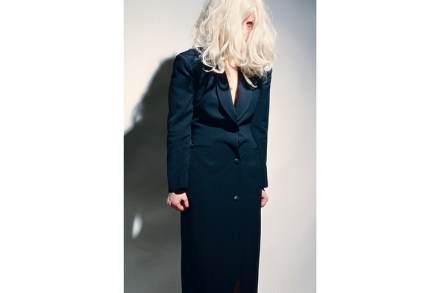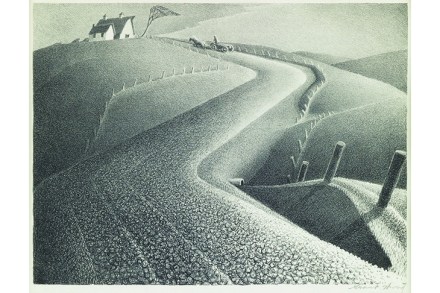Selfie queen
The selfie is, of course, a major, and to me mysterious, phenomenon of our age. The sheer indefatigability of selfie-takers, not to mention their number, is amazing. Recently, I stayed in an apartment not far from the Trevi Fountain in Rome — a selfie-magnet so powerful that not only was it surrounded by a dense





















